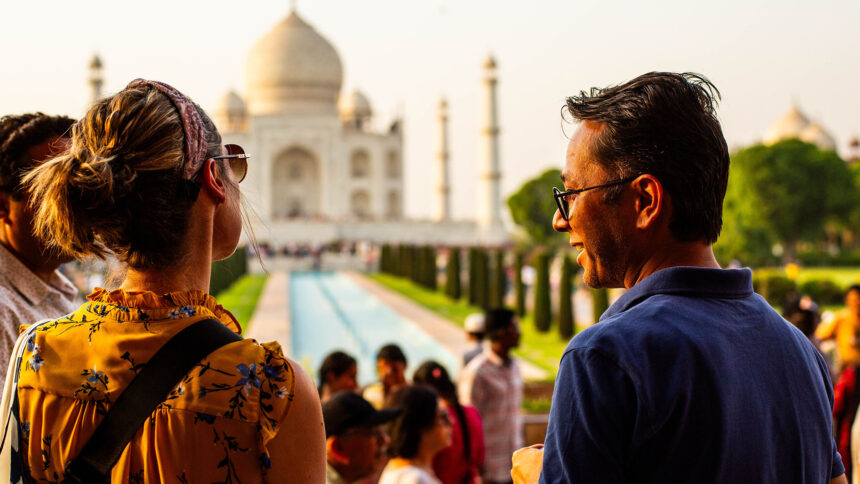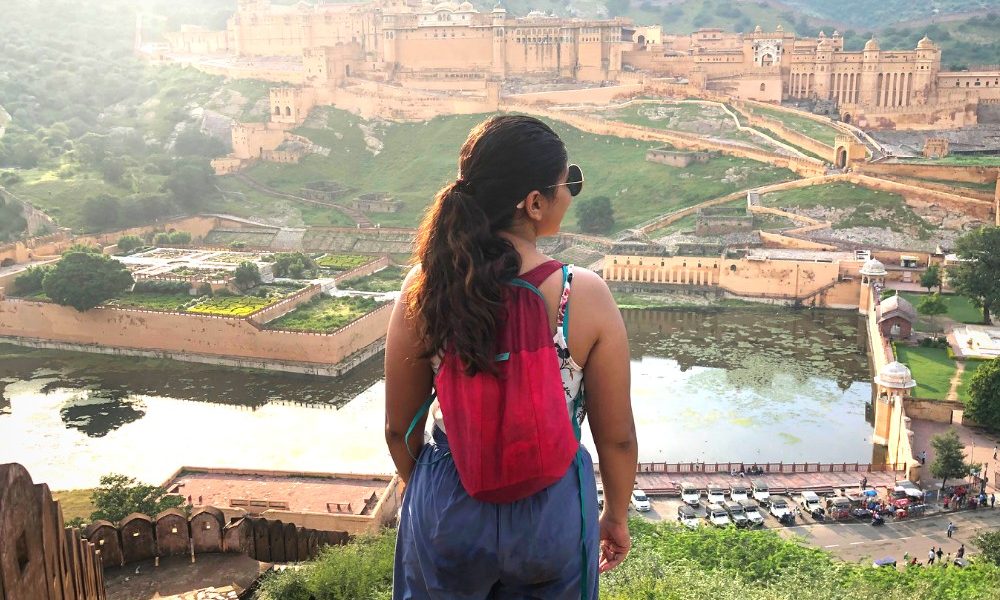MUMBAI – Travel companies in India are upset after the U.S. State Department released a Level 2 travel alert for India on June 16, 2025, asking American visitors to be extra careful due to concerns about crime and terrorism.
This notice, which has sparked discussion in India and caught the attention of the travel sector, outlines a rise in violent incidents, especially sexual assaults at tourist spots and public places.
The guidance also singles out regions such as Jammu and Kashmir, Manipur, and areas of central and eastern India, placing them under Level 3 (“Reconsider Travel”) or Level 4 (“Do Not Travel”) alerts.
This update looks at the effects of the warning, India’s official response, its impact on the travel industry, and the risks women visitors face after recent high-profile cases.
The State Department uses a four-level system to rate safety abroad, with Level 1 as the lowest (“Exercise Normal Precautions”) and Level 4 the highest (“Do Not Travel”). India’s Level 2 alert signals greater risks, advising travellers to stay aware and follow local advice.
Officials list violent crime, terrorism, and limited U.S. support in some rural locations as key issues, mentioning a rise in rape cases, often at places popular with tourists.
The notice reminds visitors that bringing satellite phones or GPS devices into India is illegal and can lead to fines up to $200,000 or up to three years in jail. Travellers should sign up for the Smart Traveller Enrollment Program (STEP) to receive alerts and secure travel insurance that covers medical evacuation. U.S. government staff must now get approval before entering high-risk areas, highlighting the seriousness of the warning.
India’s Official Response
India’s government reacted with a mix of criticism and restraint. Randhir Jaiswal from the Ministry of External Affairs described the travel warning as “unfortunate,” arguing that it does not reflect the true safety situation.
At a press briefing on June 18, he said India remains a leading travel destination, welcoming millions of visitors each year without major incidents. He also pointed to security improvements at tourist locations and noted that violent crime has fallen in states like Assam and Tripura.
Indian media have pushed back more strongly. Some outlets accuse the U.S. of overstating risks to hurt Indian tourism as tensions grow between the countries. The Times of India published an editorial titled “Unfair Alarmism,” warning that such alerts could damage an industry that accounts for nearly 7% of India’s GDP.
On the social media site X, users have debated whether the alert is based on real threats or reflects Western bias. Some see the warning as damaging to India’s reputation, while others dismiss it as exaggerated.
Impact on Travel and Tourism
India remains a major destination, drawing over 10 million overseas visitors in 2024. The Level 2 alert could slow this recovery, especially as travel rebounds after the pandemic. The World Travel & Tourism Council expects global tourism to return to 95% of pre-pandemic levels in 2025, but regional warnings may weaken traveller confidence.
The U.S. is an important market for India, with 1.7 million Americans visiting in 2024 and spending billions during their stays. Fewer arrivals from the U.S. could affect airlines, hotels and shops across India.
The U.S. warning may also push other nations to review their advice for trips to India. The UK, Canada and Australia already caution travellers about crime and terrorism in cities like Mumbai and Bengaluru. If these countries upgrade their alerts, India could see a sharp drop in tourism, similar to the 9.4% fall in U.S. international arrivals reported by Tourism Economics in early 2025.
Concerns about safety shape travel decisions. Bad news about crimes or attacks can undo positive marketing, as seen after Egypt’s tourism decline following major attacks in 2015. Some industry leaders in India now call for more tourist police and information campaigns to reassure visitors.
Risks for Women Travellers
The warning puts special focus on the risks facing women, urging them not to travel alone in India. Statistics from the National Crime Records Bureau show a 19% rise in reported rapes from 2020 to 2023. Tourist hotspots such as Goa, Rajasthan and Delhi have seen several high-profile cases, which have increased global concern.
The State Department suggests women use women-only public transport in cities like Delhi and Hyderabad, and stick to busy, well-known venues at night. It also warns against remote areas—a point echoed by the UK’s Foreign Office, which has said British women have faced assault in several Indian states.
High-profile cases have increased anxiety about women’s safety in India. In March 2025, an Australian tourist was allegedly assaulted near the Taj Mahal in Agra by a local guide. The suspect was arrested, which led to public outcry in local and overseas media.
In January 2025, a Canadian visitor reported being harassed and groped in Delhi’s Connaught Place. A 2024 case in Goa, where a British woman was raped on a beach, also drew international headlines. These incidents, while rare compared to the total number of visitors, are widely reported and can influence perceptions.
Travel blogs and sites like TripAdvisor now feature frequent warnings from female travellers about harassment and unsafe taxis. Despite this, many women still choose to visit, citing India’s appeal and the growing number of companies offering women-focused tours.
The Level 2 alert from the U.S. State Department calls for careful planning, not a halt to travel. Travellers should research local rules, stay away from high-risk zones, and take basic safety steps.
For India, this moment highlights the need to address issues like sexual violence and instability, which can help repair its image abroad. The travel industry must balance promoting India’s attractions with honest information about potential dangers.
India’s next steps—whether through new laws, better security, or diplomatic talks—will shape its place as a global destination. Travellers are urged to follow official advice, plan carefully, and enjoy India’s culture and history while staying alert.
















